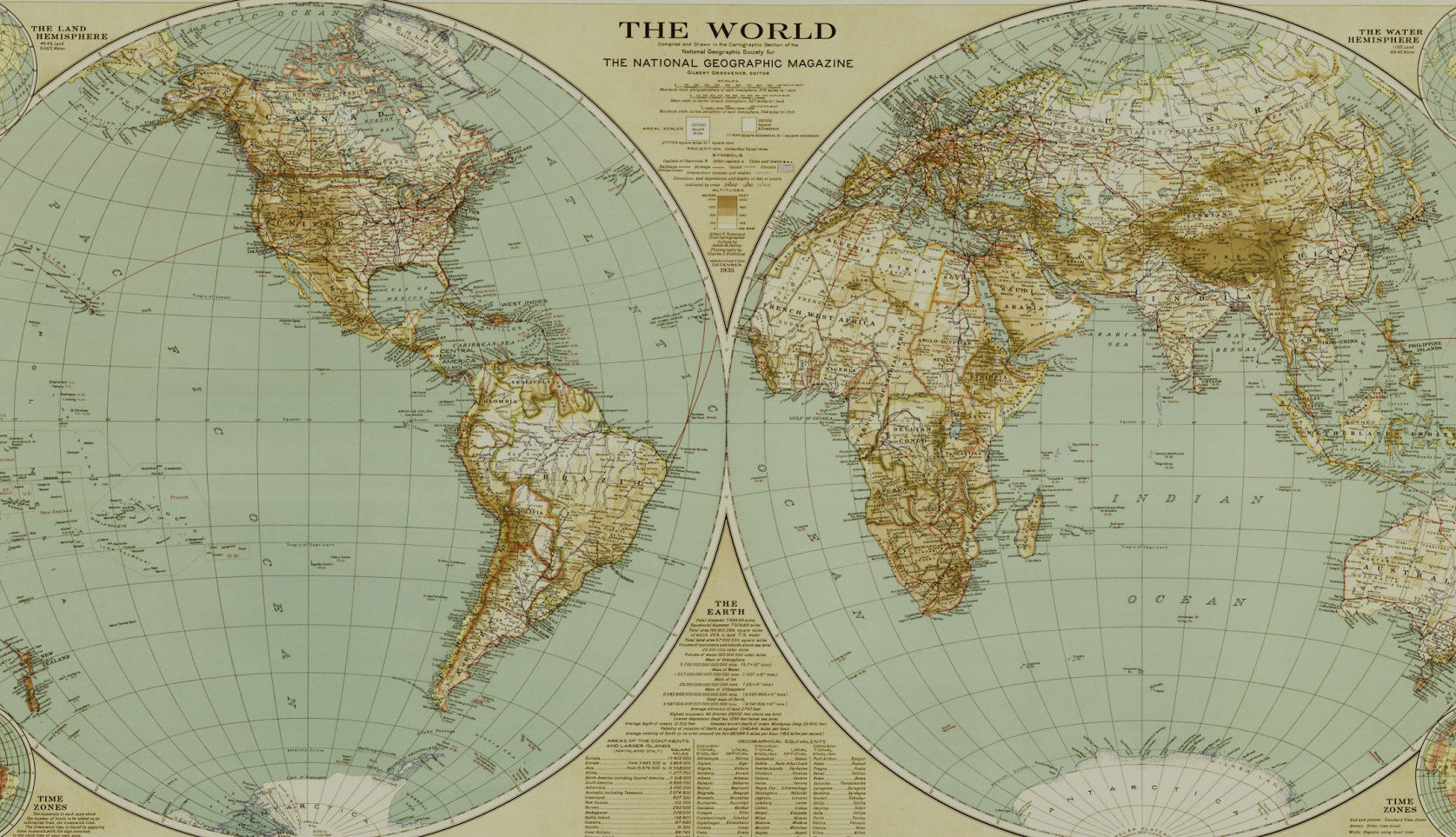A fantastic thing about visiting Europe, whether you are an archaeologist or not, is castles! I love them so much that over the years I’ve been to castles in Ireland, Switzerland, Italy, France, Wales, Scotland, Portugal and Greece. These have varied from overgrown ruins to occupied homes and from small square structures to sprawling complexes. It is great fun to wind your way up spiral staircases and gaze out across the landscape from curtain walls knowing that people have been doing the same for hundreds of years.
One of my favourites is Stirling Castle which sits high above the Scottish city of Stirling on the imposing black cliffs of a volcanic craig. The high cliffs on three sides of the castle make its position obviously defensive in the otherwise flat valley of the River Forth. Its location was ideal for defending/attacking the Highlands from the south (and for managing trade) and this made Stirling Castle an important spot to control throughout the history of Scotland. Today the castle is under the auspices of Historic Environment Scotland who preserve its structures and present its story through tours and exhibits.
Although the location of Stirling Castle was likely significant since prehistory – the earliest record of a fortification here is 1110 AD – the buildings standing today date mostly from between 1490 and 1600 AD. A good way to approach the castle as a visitor is to walk up the slope from the medieval centre of the city, to then pass through the series of defensive walls before arriving at the Forecourt and entering the Outer Close. In the Outer Close you can clearly see how the castle complex grew and was changed over time. Each rebuilding marked a different phase in leadership – the brightly coloured Great Hall constructed by James IV looks very different to the later Royal Palace commissioned by James V and the Chapel Royal built by James VI for the christening of his son Henry I.
The Great Hall was completed in 1503 and is the largest in Scotland. It is thrilling to sit at the head of the hall in the same spot as kings and queens and gaze up at the intricate hammerbeam roof that was restored in 1999 using 350 oaks from a forest in nearby Perthshire. Restoring the original lime wash on the exterior of the Great Hall in its Royal Gold harling colour – as it would have appeared in the 1500’s – was a bit more controversial. It is very bright, but this is was a calculated decision by the Stuart king James IV in the Renaissance: this giant Great Hall would have been seen from a long distance and proclaimed Stirling Castle as an important stronghold to those far and wide.
Many people visit Stirling Castle today because of its connection to two very famous figures in Scotland’s past: Mary Queen of Scots and Sir William Wallace. The impressive Wallace Monument (built in 1869 AD) can be seen from Stirling Castle on the other side of the River Forth – where the famous Wallace helped to win the Battle of Stirling Bridge in 1297 AD (the mooning scene in ‘Braveheart’) and take the castle which was being held by the English. If you are very interested in this period of Scottish and English history it is worth visiting the Wallace Monument, even just for the view of Stirling Castle from the top of Abbey Craig.
More directly tied into the story of Stirling castle is Mary Queen of Scots. The six day old Mary was crowned Queen of Scots in the Chapel Royal at Stirling Castle in 1543 AD and she lived here during her early years. After a period of time spent in France she returned to Scotland and played the dangerous game of balancing royal commitments with religious ones. It was at Stirling Castle that her son King James IV was baptised and raised by regents when Mary was forced to abdicate the throne and was imprisoned in England. It is said that that a ghostly Mary can sometimes be seen walking from the Royal Palace to the Church of the Holy Rood in flowing pink robes.
I’ve never had a ghostly encounter on any of my visits to Stirling Castle – or any other castle – but it is certainly the sort of place that could have them! The spot has been in use continuously since it was first fortified and there are countless tales of intrigue associated with it. Even after it ceased to be a royal residence the castle was a military depot for the Argyll and Sutherland Highlanders from 1881 to 1964 and their museum is located within the Inner Close. The weight of this long and varied history can be felt as you walk around the castle complex – I can’t wait to go back.
